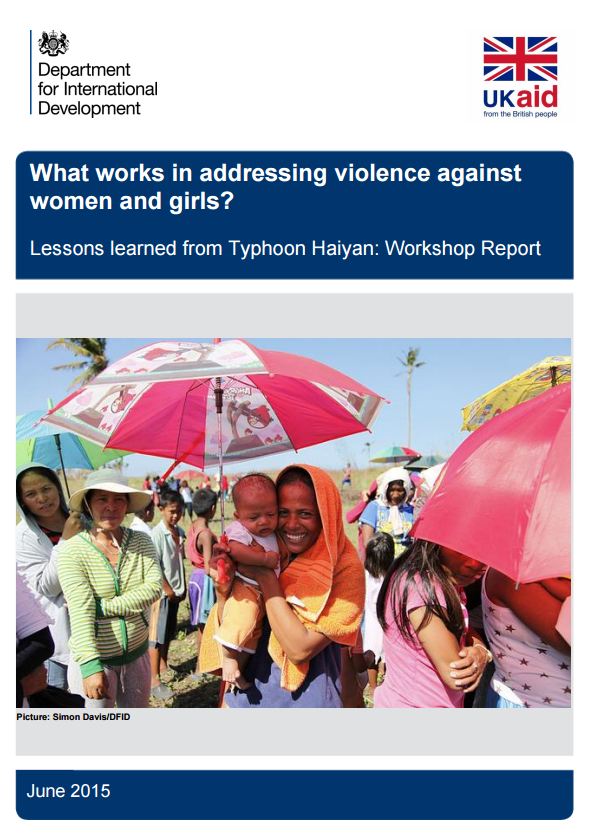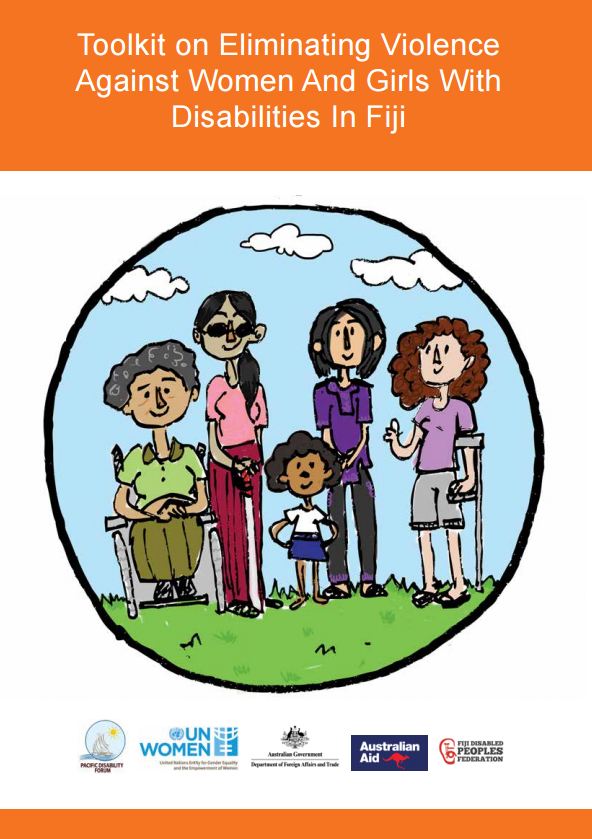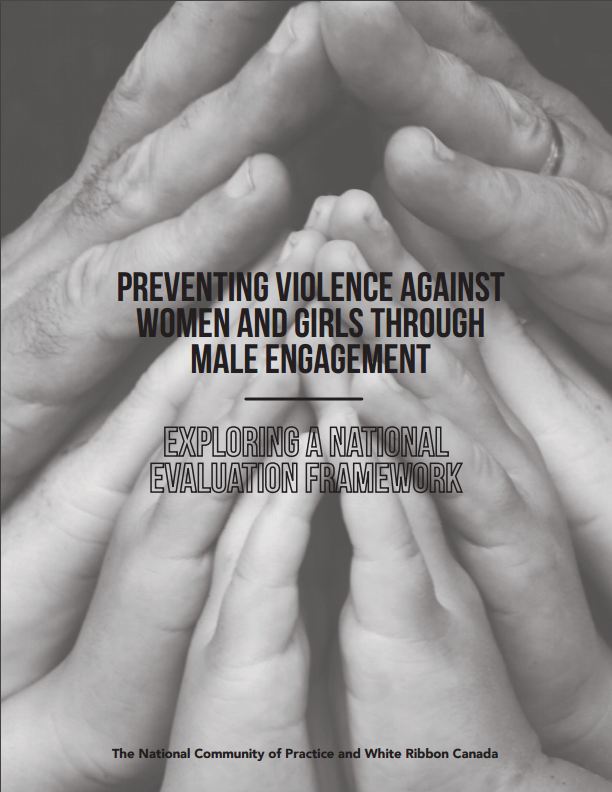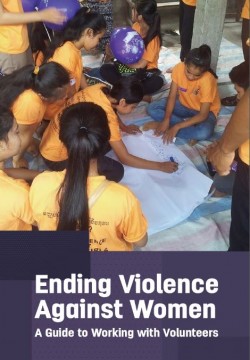Purpose
This document summarises the recommendations and discussions from a workshop hosted by the Department for International Development (DFID) on 9 June 2014. The purpose of the workshop was to build consensus on what did and didn’t work to help prevent and respond to violence against women and girls in the Philippines after Typhoon Haiyan hit in November 2013.
Overview
Recommendations from the workshop are:
The Gender Based Violence (GBV) sub-cluster should engage with the UN Office for the Co-ordination of Humanitarian Affairs (OCHA) to regain ground on including protection/GBV questions in early assessments for future responses
The GBV sub-cluster should prioritise sustained field presence for its surge staff, rather than the meeting of bureaucratic benchmarks at national level; in this case the deadlines for the new ‘Level 3’ commitments absorbed a lot of surge resources.
At the same time, the sub-cluster and the protection/GBV community should shift efforts towards practical support to mainstreaming. Surge staff at the field level could give direct mainstreaming support to sectoral clusters, and the use of revised tools that are shorter and more pragmatic (such as checklist-style) should support this.
International implementing organisations, particularly international NGOs, should take on more of a role to connect local civil society organisations with the international community’s coordination structures and international protection/GBV actors. This could be as simple as accompanying local partners to cluster meetings, or as involved as providing consistent training on coordination structures.
Disaster preparedness in the high-risk Philippines is vital, and greater attention to protection, as part of preparedness investments, should be paid by organisations with a long-term presence in the country (which covers many UN agencies, Red Cross/Red Crescent, and international NGOs). Where the government is delivering this already, agencies and donors should give funding support.
Usage: Learning from experience
Audiences: Technical staff, Gender and diversity practitioners, Disaster preparedness
Reference: DFID (June 2015). What Works in Addressing Violence against Women and Girls: Lessons Learned from Typhoon Haiyan. Workshop Report(pp. 1-14). Available from: https://www.gov.uk/government/publications/what-works-in-addressing-violence-against-women-and-girls[Accessed: 26 December 2015].
![]()





